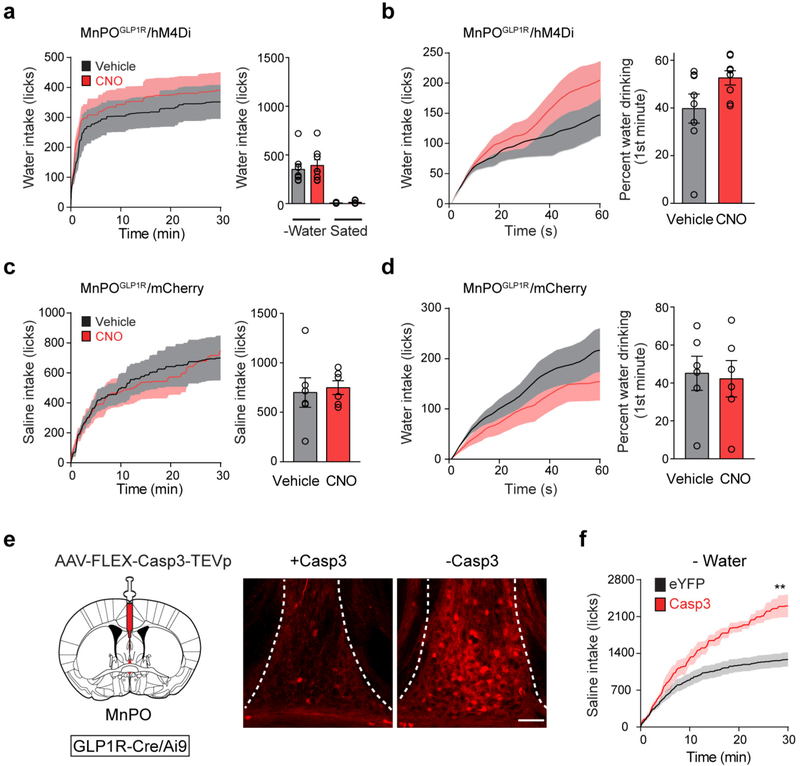Extended Data Figure 8 |. Acute inhibition or chronic ablation of MnPOGLP1R neurons causes overdrinking.
a, b, Acute inhibition of hM4Di-expressing MnPOGLP1R neurons by CNO modestly increases water consumption at the onset of drinking. Drinking behaviour was monitored for 30 min after the injection of CNO (a); magnified data (0–1 min) is shown in b(n = 8 mice). c, d, mCherry controls for acute inhibition of MnPOGLP1R neurons. Drinking behaviour was monitored for 30 min after the injection of CNO or vehicle under water-deprived conditions with free access to saline (c) or water (d). No significant difference was found between mice injected with CNO and vehicle (n = 6 mice). e, Schematic for the genetic ablation of MnPOGLP1R neurons with AAV-flex-Casp3-TEVp (left) in Glp1r-cre/Ai9 mice. Compared to a control animal (right), a Casp3-injected animal displayed almost no GLP1R-expressing neurons in the MnPO (middle, representative image from one out of four mice). In both cases, GLP1R-expressing neurons were labelled using Glp1r-cre/Ai9 transgenic mice. f, Genetic ablation of MnPOGLP1R neurons (red trace, n = 4 mice) recapitulates the overdrinking phenotype similar to the acute inhibition by hM4Di (Fig. 5b), compared to control eYFP group (black trace, n = 6 mice). **P < 0.01, by two-tailed Mann–Whitney U test. All error bars and shaded areas show mean ± s.e.m. Scale bar, 50 μm. The mouse brain in this figure has been reproduced from the mouse brain atlas45.

